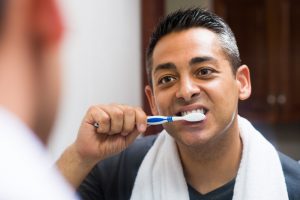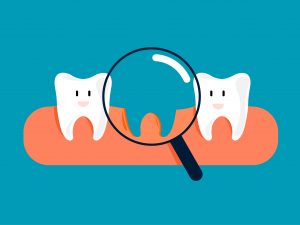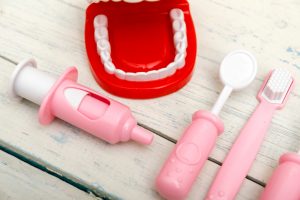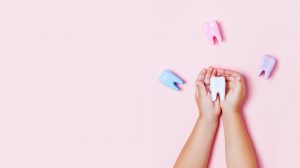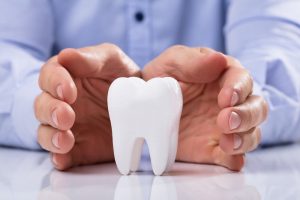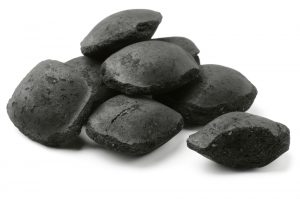For some people, looking their best is important. Your appearance is your calling card to the world – what people see when they first meet you – and it can affect your life in many ways, including in the workplace. In fact, a recent study found that wom en who wear makeup earn on average 30 percent more than women who don’t! Makeup and beauty are so prevalent that, according to a 2017 People magazine article, the average woman will spend $15,000 in her lifetime on beauty products alone!
en who wear makeup earn on average 30 percent more than women who don’t! Makeup and beauty are so prevalent that, according to a 2017 People magazine article, the average woman will spend $15,000 in her lifetime on beauty products alone!
But one thing many people don’t realize is that while spending an arm and a leg on beauty may be a wise investment, if you’re not paying attention to your oral health, you’re not getting your money’s worth. That’s because beauty and oral health are tied closely together – and when your oral health is suffering, the rest of your appearance could, too. Here are some ways your oral health can influence your beauty routine.
Acne
Do you suffer from breakouts around the mouth that won’t seem to go away no matter how many products you try? That acne could be the sign of a tooth infection, gum disease or tooth abscess. That’s because the inflammation from inside your mouth could be worsening or causing the inflammation outside and around your mouth.
Dry Skin
Do you have dry skin? Do you wash your face before or after you brush your teeth? If you are brushing your teeth after you wash, you could be drying out your skin with toothpaste residue. Have you ever heard of the wives tale that toothpaste dries out zits? Well, it does – and it doesn’t. Toothpaste dries out the skin but does not heal acne. So, when you use toothpaste on a zit, you are simply creating another problem for your skin, not healing the one you have. If you do have acne, speak to your doctor about which products are safe to use on your skin, and save the toothpaste for your teeth. Remember to brush before you wash.
Sallow Skin
Does your skin look sallow or dull despite makeup, lotions and facial treatments? It could be that the color of your teeth is casting it in a bad light. If your teeth are less than pearly white, schedule regular cleanings with Dr. Lesko and keep them gleaming!
Ready to make your teeth as beautiful as the rest of your face? Call and schedule an appointment with Dr. Lesko at 970-221-5115.
Contact The Fort Collins Dentist Family & Implant Dentistry:
970-221-5115
Location (Tap to open in Google Maps):
2001 S Shields St Bldg L
Fort Collins, Colorado
80526
